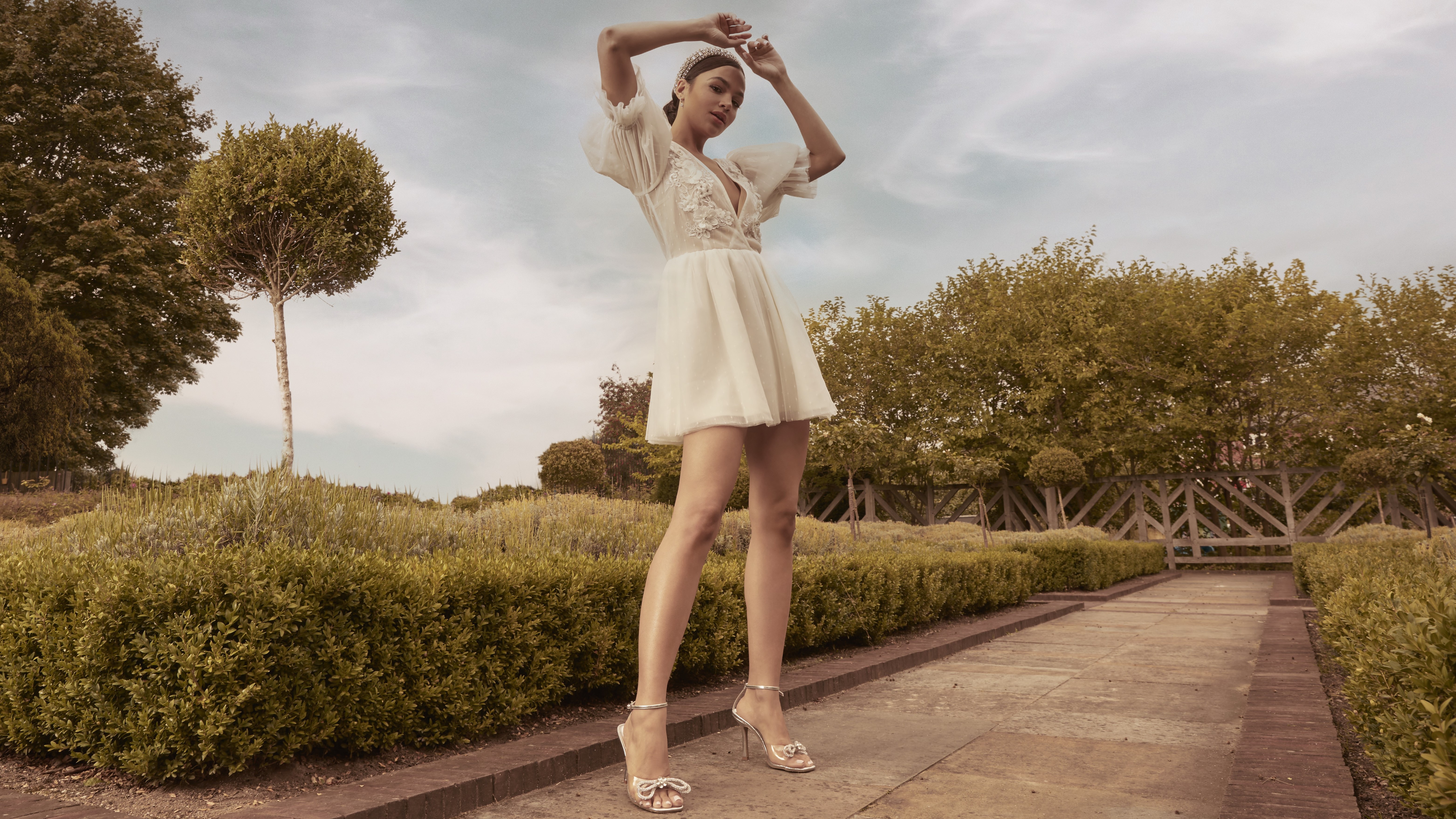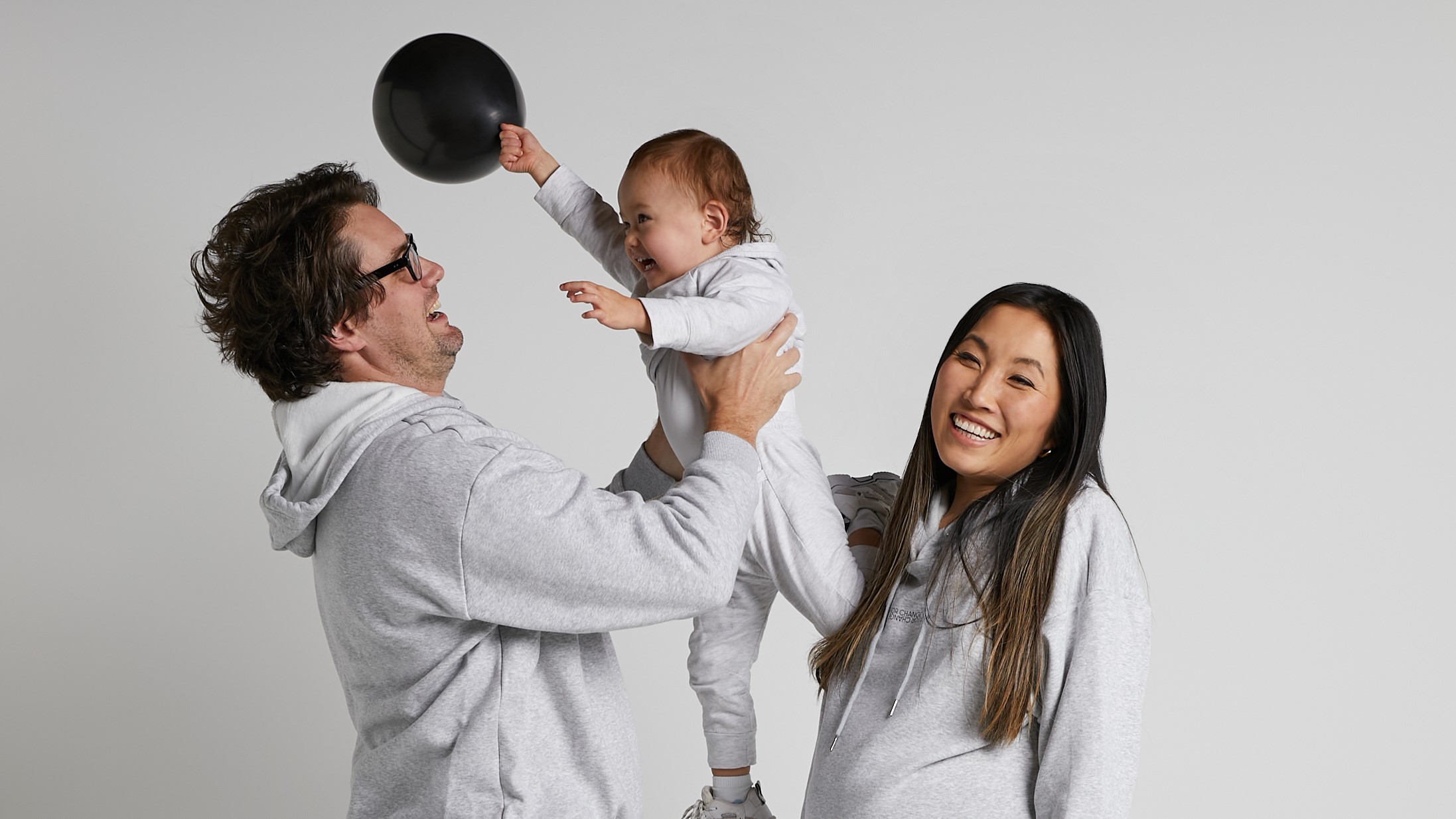Fashion Week: Answering All Your WTF Questions
30 May 2018
Explaining Fashion Week around the globe: How they began, why they’re important and the most iconic moments of FW history…
Once upon a time, photographers were banned from fashion shows. Designers thought they were spies, so there was no way they were letting the snap-happy crowd in. Fast-forward to today, and Fashion Week is a multi-million dollar spectacle. Editors, celebs, buyers and bloggers doll up in their fabulously fashion-forward (or weirdest) outfits, and rush between shows, hoping they’ve scored a seat in the front row. Fashion Week is a frenzy from start to finish. It’s a whirlwind of runways and reviews, photo ops and after parties, and the most amazing thing is that most shows last less than 10 minutes. That’s all the time designers have to make the most lasting impression, and they pull out all the stops.
How did Fashion Week begin?
Secretly! Back in the 1860s, the “father of haute couture,” Parisian designer Charles Frederick Worth, started inviting his top-tier clients to his atelier, where he dressed real, live women in his designs. It was quite shocking at the time. He pretty much invented the ‘model,’ and over the years, the ultra-exclusive shows turned into fêtes, with staging and music.
This trend spread to Europe and London. Designers showed off their collections to a select group of people at their salons, and in 1903, a New York department store called Ehrich Brothers began hosting shows in-store. This was a shiny, new idea, and by the 20s, ‘fashion parades’ had gone mainstream, and were mainly held at stores and hotels. Still, photographers were snubbed.
New York
Then the war hit. American designers could not longer travel to Paris or access (and knock off) French designs, so they became more and more creative. The shows went on, and in 1943, the OG boss publicist, Eleanor Lambert, decided to group the shows together and open them up to the media. She called it ‘Press Week,’ and boom! That launched New York Fashion Week.
Milan
Ciao, Italy, where couture houses had been holding secret salon shows for their high-paying clients. In the late 50s, Gaby Aghion (who founded Chloe) thought her collection was too good not to share. She invited the press to the Café de Flore in Paris to view it, and it was a roaring success. In 1958, the shows were moved to Milan, and Milan Fashion Week was born.
Paris
The same thing was going on in Paris. Couture killed it all through the swinging 60s, but by the 70s, it had given way to prêt-à-porter (ready to wear). The calendar was chock-full of catwalk shows, and in 1973, they were grouped together twice a year. And that’s how Paris Fashion Week came about.
London
Finally, London followed suit in 1984. The city was known for pushing boundaries. Its next-gen designers were creative and a bit rebellious, and their shows were all about sex, status and power.
Why is Fashion Week so important?
Each show is a feast for the senses, and gives the audience a peek into the designer’s imagination. With shows getting wilder, they also have the power to transport you to far-flung places and even into the future. But they’re more than an escape.
Fashion Week sets the trends for the following year, and that’s huge. After all, we wear clothes every day of our lives, and we all express ourselves through fashion. It’s wearable culture. The looks that sail down the catwalk influence what we, as consumers, buy. That’s pretty powerful.
The shows are also a reflection of the world at the time. Designers have a platform to address the major issues in society, and many of them use it to send a message. For example, the 70s was all about diversity. The out-and-proud Halston made a splash on the scene, and Oscar de La Renta, an immigrant, proved just what you can do with hard work. The African-American designer Stephen Burroughs had something to say about acceptance, and ever since, we’ve seen more diversity in fashion – not just with race, but size and gender. Then, in 2003, Katherine Hamnett sent models down the runway wearing ‘Stop the War’ tees. It was front-page news.
And of course, Fashion Week is a celebration of talent. Just like art, music and movies, fashion is an art form.
When and where are the major Fashion Week shows held?
While there are tons of fashion weeks around the world (including one in Australia), the Big Four are in New York, London, Milan and Paris.
The shows are held twice a year: February for the spring/summer collections, and September for fall/winter. New York kicks off the festivities, with the others hot on its (high) heels. And if you’re a flashy editor who goes to all four fashion weeks, it’s really a fashion month.
The most iconic moments in Fashion Week history…
When you put that many creatives in the one place, there’s bound to be some crazy, shocking and memorable moments. These are just a handful:
It’s a party! In 1990, Michael Kors decided to hold his show in a New York loft. He cranked up the music a tad too high, and plaster started falling onto people’s heads.
Madonna’s tatas. Jean Paul Gaultier has nailed the shock factor, and in 1992, he let the pop icon strut down the catwalk completely and utterly topless. #freethenipple
Star power. Versace sent the leggiest supermodels of the time, Linda Evangelista, Cindy Crawford, Naomi Campbell and Christy Turlington, down the runway singing ‘Freedom’ by George Michael in 1991. Donatella relived this in her show earlier this year – no doubt you’ve seen the pics!
Let’s go grunge. In 1993, Tom Ford debuted a grungy collection when he was working for Perry Ellis. It was so out-of-the-box, he got fired for it, but thanks to him, we all love a good plaid shirt.
Fly away. Londoner Andrew Groves designed a jacket containing – surprise – hundreds of flies in 1993, which were then unleashed into the crowd. As you can imagine, it was mayhem.
The tech set. When Helmut Lang presented his autumn/winter show online in 1998. I don’t know if you remember, but phones were basically bricks at that time, so he was way ahead of his time.
Next-level lavish. In 1998, John Galliano staged one of the most lavish fashion shows of all time for Dior. It finished on the marble steps of Paris’ Opera Garnier, with tissue paper butterflies falling from the sky.
Spray paint attack. Alexander McQueen’s show, a model twirled on a revolving platform while two robots spray-painted her white dress. At the end, she was wearing a work of art.
Anna Wintour doesn’t catch a break. She won’t budge on the fur thing, and in Paris in 2005, protesters threw a tofu pie in her face.
Haunting hologram. In 2006, Alexander McQueen closed his show with a beautiful hologram of Kate Moss, who was taking a break from the industry at the time.
And we all fall down. At Balenciaga’s show in 2008 the front row benches collapsed, and Anna Wintour, Carine Roitfield and Mario Testino all tumbled to the floor. Oops. Someone definitely got fired for that one.
Kate Moss lights up. Our favourite rebel, Mossy closed the Louis Vuitton show smoking a cigarette. The best bit? It was National No Smoking Day. Her point? Freedom of expression.
Gatecrashers. In 2015, Derek Zoolander and Hansel (aka Ben Stiller and Owen Wilson) crashed Valentino’s show in Milan. The crowd went crazy.
The #DickOwens controversy. In 2015, Rick Owens’ designs had peepholes showing – yep, you guessed it – the model’s penises. The guests didn’t forget that one in a hurry.
C for Chanel. Karl Lagerfield is in a league of his own. In 2014, he staged a supermarket show with an insane attention to detail. The shelves were stacked with more than 100,000 branded Chanel items, with everything from earbuds to paint, and a chainsaw with a to-die-for Chanel train. He almost broke Instagram, and that show made sneakers cool again.
You've been educated by Katia Iervasi.


